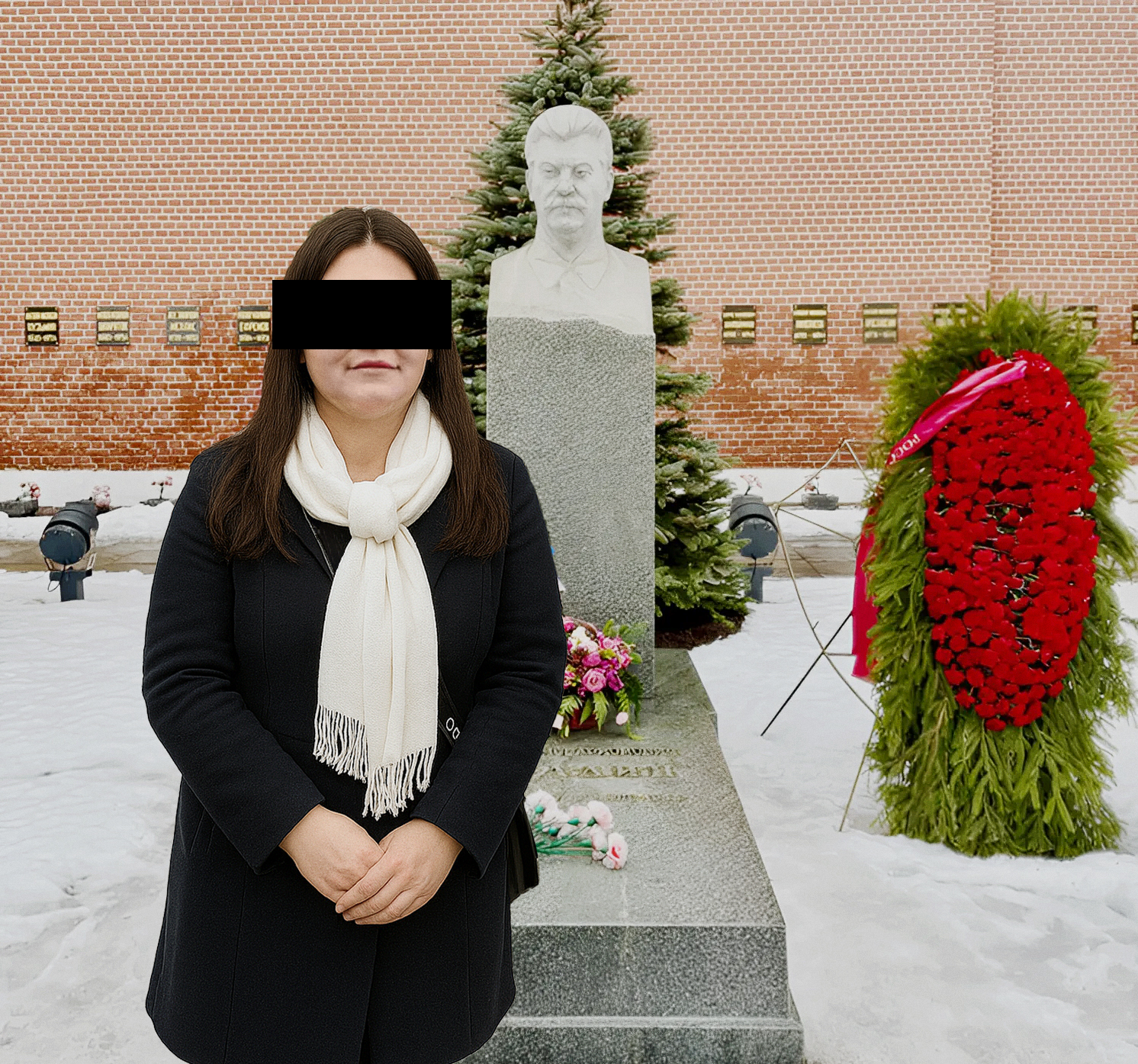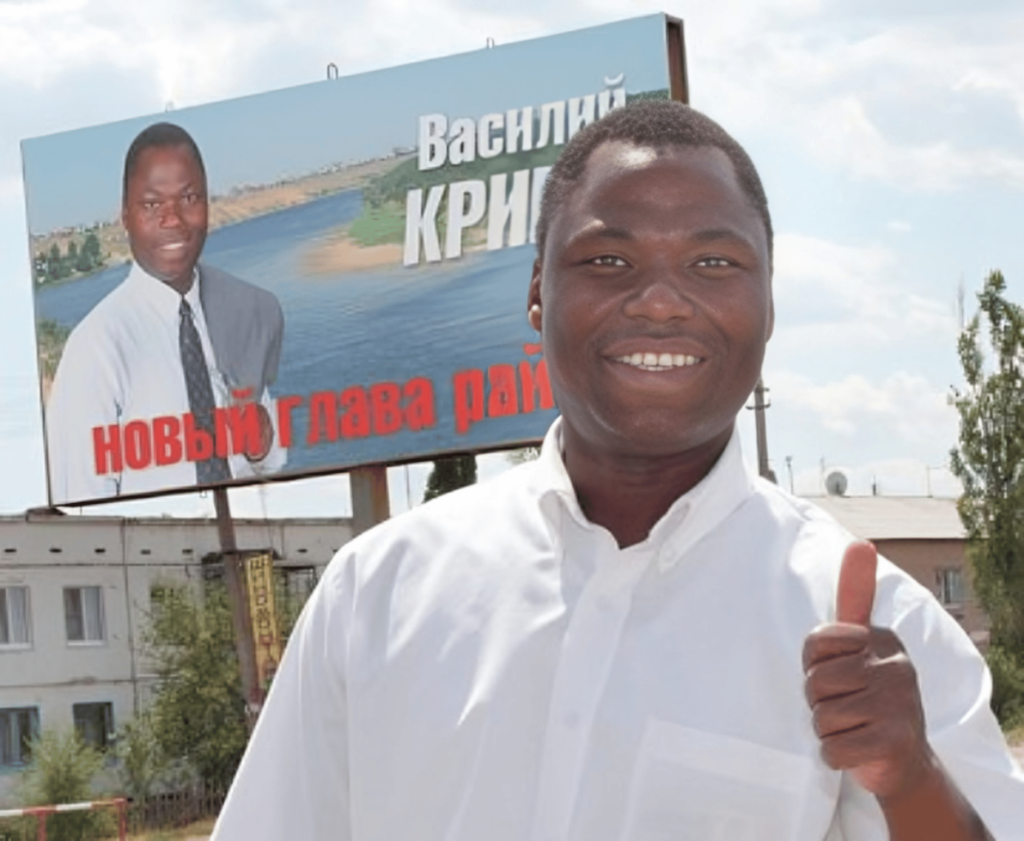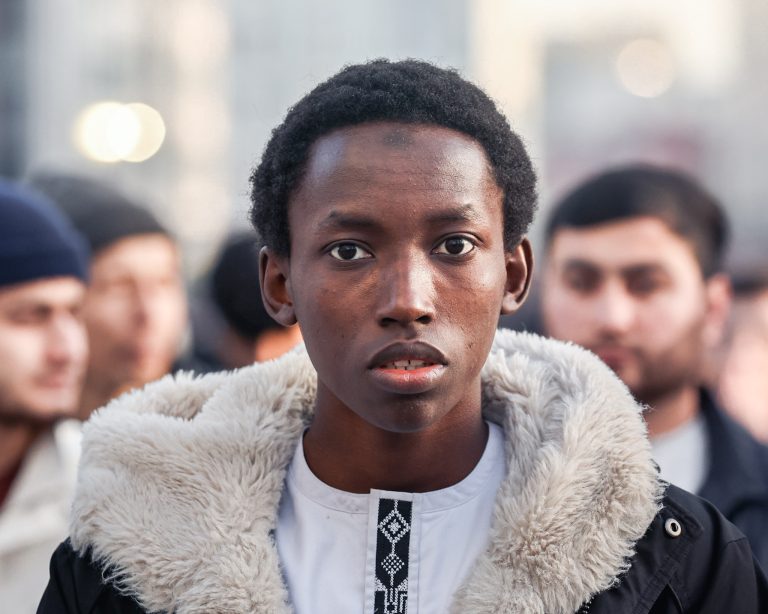"There are more and more Armenians, Tajiks, and Kyrgyz in Moscow, and there is a tendency towards a decline in the number of members of the Slavic population," the Moskovsky Komsomolets portal wrote on 6 November, referring to research by staff of the Institute of General Genetics of the Russian Academy of Sciences (RAN).
The report, citing Moskovsky Komsomolets, was carried by the major regional media outlet Regions, as well as by some of the most widely read portals on the Russian Internet ,Lenta (functional only with Russian VPN) or Gazeta.
Russian scientists presented their findings at the international scientific conference "Genetics 2025" held in Moscow in early November. However, population turnover has not only been confirmed in the country's capital, but also in other cities whose population exceeds one million.
Alesia Gracheva, an independent researcher at the population genetics laboratory at the RAN Institute of General Genetics, explained during a joint presentation that there are 16 such cities in Russia in total, and about a quarter of the country's total population lives in them.
Changing the gene pool
A prolific and constant influx of migrants from non-European countries will rewrite the gene pool of the Russian population, most of which so far - especially in the European part of the federation - is of Slavic, Baltic and Finno-Ugric origin, according to scientists. According to Gracheva, the number of migrants from distant, not only post-Soviet, Asian states has also increased significantly in recent times.
"We have drawn up a map of birth rates in different ethnic groups. Uzbeks, Azerbaijanis, Armenians hold the top spot... Such differences in the number of children will in the future affect the numerical and religious composition of Russia's population," Gracheva explained, adding that the birth rate of migrants exceeds that of Russians by more than double.
The RAN worker stressed that patterns of mate selection behavior of migrants in Russia show a high degree of ethnic homogamy, i.e., among other things, attention to the physiognomic homogeneity of one's own community.
At the same time, the rate of indulging in interethnic mixing grows in direct proportion to the increase in the number of representatives of a particular ethnic minority. Consequently, intermarriage often leads to a weakening of the national identity of both the spouses and their offspring.
Capital City
The ethnic makeup of the sixteen million-strong city, and of Moscow in particular, is already very diverse, and ethnic Russians are rarely a majority in them - there are classes in schools in the Moscow region and beyond where there is not a single Russian.
"The proportion of individuals of Russian ethnicity who were born in Moscow during three generations is only five percent," Gracheva says. The rest of ethnic Russians in Moscow are national migrants.
Konstantin Kitaev, a candidate in the natural sciences, predicts that by 2045 the total number of all ethnic Russians in Moscow will drop to 20 percent. Recall that in 2010 ethnic Russians accounted for almost 90 percent of the capital's population, and in 2021 less than 70 percent.
In 2023, Russia also reached an infamous record: fewer children were born in the country than in the "difficult 1990s," while last year the birth rate in Russia was at an even lower level than the year before.
The ethnic topography in turn shows that although cities are home to more than a dozen ethnic groups, their members cluster in selected areas and, as a consequence, there is both violence against the local population and violence between different non-Russian ethnic groups. However, there are exceptions - for example, there are several of them living on Moscow's Arbat Street: Tatars, Jews or Armenians.

Citing research by the National Research University "Higher School of Economics" (NVU VSE), the Forbes portal reports that between 2022 and 2023, migrants accounted for 10 to 11 percent of all working people in Moscow, exceeding one million people, according to the lowest estimates.
That's roughly one-tenth of all migrants in Russia, which stood at 11 to 12 million in 2024.
Meanwhile, illegal migrants account for only 10 to 15 percent of the total number of foreign labor migrants in the Russian capital, as the Kremlin is gradually making it easier to legalize them. According to Kirill Kabanov, a member of the State Council for Human Rights and Civil Society Development, most migrants have been legalised illegally.
According to researchers from the National Research University of Higher Education, most of the labour migrants from across the border are "youth and the population with a low level of education," which is linked to the gradual increase in crime by migrants, not only in the capital.
"The process of change in the ethno-cultural composition of the capital has been going on for a long time and simply beats the overall decline of the Russian population within the country. Official statistics and census data used to rather gloss over this process, which has been talked about by Russian nationalists for decades," the press department of the Russian Volunteer Corps (RDK), which fights against the Russian army in Ukraine, explained to the Standard.

Changes in the air?
Cases and videos depicting migrants attacking Russians are quite frequent, and in recent years, nationalist channels in Slovakia and the Czech Republic have also written about them. In order to colonise occupied territory, the Kremlin moves tens to hundreds of thousands of migrants from Asia and Africa to Ukraine every year.
A volunteer in the Russian army confirmed this activity in an interview with the Standard: "We are building new mosques and churches, new people are moving here." As a result of this policy, there have already been attacks by migrants on Ukrainians in villages under occupation.
On 12 November, the Slovak nationalist channel Na East with Timotej Balazs published a video of a pair of Chechens in occupied Ukraine beating a Ukrainian and threatening to rape and kill him. Shortly before that, a viral video of a mass migrant brawl in Moscow went viral in Russia. Those involved were beaten with sticks and shovels, and eventually some 40 rioters were detained by security forces.
Moscow officially recognises "the necessity of activating the fight against racism, racial discrimination, xenophobia and related intolerance" and Putin personally describes diversity as "the building block of Russia's greatness and strength". Thus, scholars at the conference broke something of a taboo when they suggested that cities affected by migration should establish their own ethnicity-focused databases for criminal justice purposes.
According to representatives of the armed opposition, the mere lifting of the unofficial ban on discussing migrant criminality will not lead to any changes in the Kremlin's "policy of multiculturalism, anti-white chauvinism and ethnic replacement of the indigenous population."

In addition, according to RDK, the Kremlin can be expected to put more pressure on migrants to accept Russian citizenship through restrictive measures, which will give migrants not only the rights of citizenship, but also obligations - such as conscription, which will allow the Kremlin to deploy new citizens on the front lines in Ukraine.
